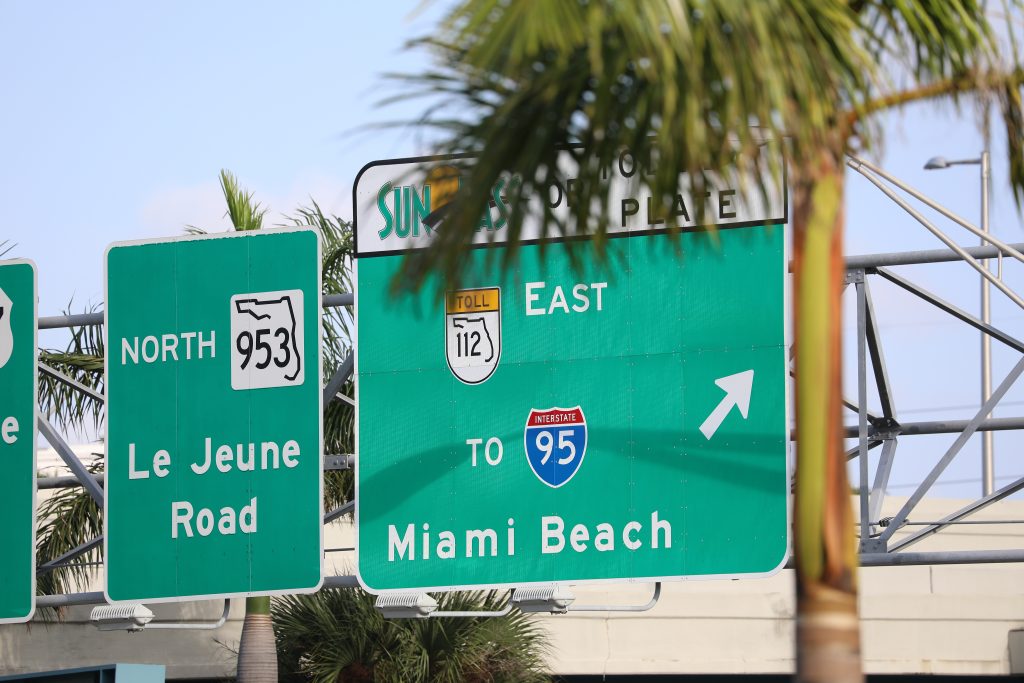The rise of remote work is giving some folk a lot more choice in where they live.
Since Covid-19 became a pandemic in March 2020, the United States has seen a large drop in foreign immigration - which is hardly surprising, considering all the border closures and travel restrictions. Interestingly, however, the pandemic seems to have set the stage for a big spike in internal migration (i.e. cross-country moves). Perhaps more than any other factor, a huge increase in the availability of remote work has meant that many more Americans can now decamp to a preferred location without compromising their job prospects. Almost 1 in 10 Americans are apparently planning such a move. Which opens up an interesting question: when they have the choice, where in their country do Americans want to live? And why there?
Looking at the states that gained the most new people (places like Florida, Nevada and Texas) and the states that lost the most (including New York, Hawaii and California), some economists think they spy an obvious pattern: people are ditching expensive places to live for cheaper ones. Another key difference seems to be the tax rates. The average income tax (i.e. what individuals pay on things like their salary) across the top third of states for internal migration is 3.5 percent, half the 7.3 percent income tax average of the bottom third. Six states in the top third, including the ones we mentioned above, charge no income tax at all.
It’s easy to see the attraction of moving to a place where your money goes further. The type of life we can afford can have a huge impact on our wellbeing. And with America currently being in a period of high inflation (prices going up), more things are starting to feel less affordable to far more people. Plus, having more stretch in their paycheck can allow people to do all sorts of things, from starting a business to starting a family, that can have big economic and social benefits, including job creation and creating a new generation of workers who can economically support the current ones when they retire.
But there may also be some downsides if Americans start mass-migrating to cheaper, lower-tax parts of the country. When populations grow quickly, there is more competition for goods and services, including things like houses. If the supply of these things doesn’t also increase quickly, then people end up essentially engaging in a bidding war that pushes prices up. If many internal migrants are remote workers from higher cost-of-living areas (where salaries tend to be higher to match), there’s a good chance that they could end up pushing out lower-income locals.
Similarly, a growing state population will mean more demand for the stuff the state’s government provides; from schools to roads to social benefits. Governments usually fund these things from taxes. Doing that might be more of a struggle in low-tax states, leading to either worse services or tax raises being introduced after all. Of course, lower-tax advocates may disagree that this will be the outcome: they often say that low taxes can actually bring in more revenue than high ones because being able to keep more of their money spurs people to be more economically productive. One common rebuttal to this point is that higher income taxes are not just about revenue-raising but also about making society more equal by reducing how much wealth sits with the richest.
It will be interesting to see if an influx of remote-worker migrants will add a new twist to some of these old arguments about tax rates. After all, the economic value these people create at work will mostly benefit the state where their company is based, not the one where they live. Even state governors who believe that lower income taxes motivates people to work harder usually want their state to share in the rewards of that extra work.
Read our explainer on: migration.

